A LONG time ago, before the Anglo-Siamese Treaty was signed in 1909, Kelantan, like Kedah, Perlis and Terengganu, was part of Thailand (known as Siam then). This could be a possible explanation for the Thai influence on Kelantan’s cuisine. Many Kelantanese dishes utilise sugar and coconut milk – even their savoury dishes have a tinge of sweetness present. For example, ayam percik in Kelantan incorporates rich coconut milk gravy with sugar added to it.
Other than the Thai influence, the Peranakan dishes in Kelantan are also more varied there. Pernakan dishes in Kelantan not only has Chinese and Malay influence, it also has the Thai influence.One example is Khao Jam, steamed rice cooked with the juices extracted from Malay and Thai herbs, mixed with vegetables and served with fish flakes, budu and keropok ikan. It is eaten during Chinese New Year. With the different types of influences on the dishes in Kelantan, it wouldn’t be farfetched to say that Kelantan has plenty of flavourful dishes to offer.
Here is a list of recipes by Zainab Ahmad Shiyuti, co-owner of the Belanga restaurants, that you can try out for Hari Raya.

Nasi Dagang Gulai Ikan Tongkol Dan Acar Jelatah
Traditionally, nasi dagang was usually eaten for breakfast and on special celebrations, such as on Hari Raya morning. But Zainab says that this dish has become so popular, it is now eaten all the time.
2. Nasi Kerabu Kuning Ayam Percik (Turmeric Rice Salad with Spicy Grilled Chicken).
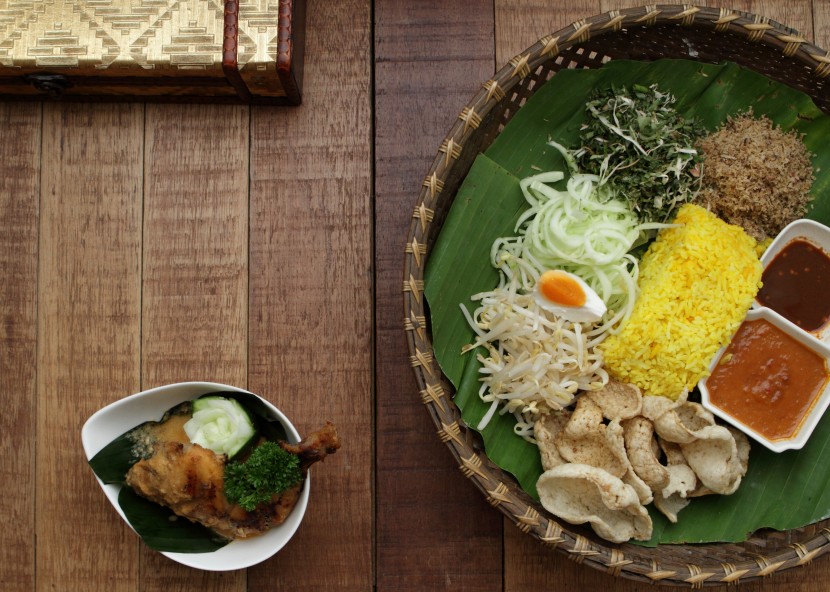
Nasi Kerabu Kuning Ayam Percik
Kelantan has two types of nasi kerabu; hitam (which is actually blue, coloured with butterfly pea flowers) and kuning (stained yellow with turmeric). While the blue nasi kerabu is the most popular, Zainab says that the yellow is the most traditional, served in the Kelantanese palace.
3. Nasi Tumpang (Compressed Rice in Banana Leaf Parcels).
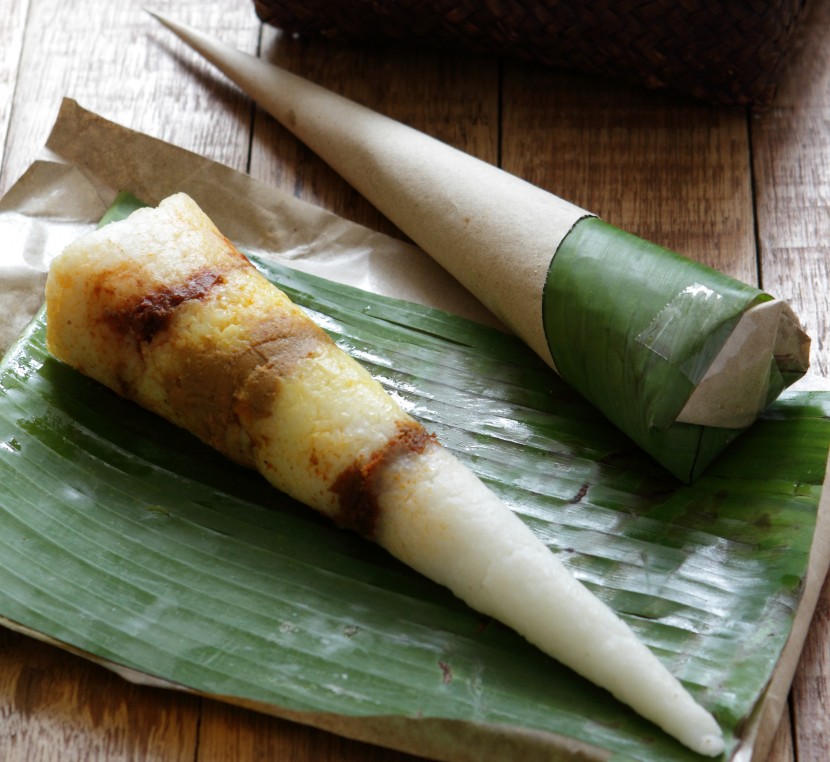
Nasi Tumpang
Originating from Kelantan, nasi tumpang is said to have been born out of necessity. Rice and condiments were packed in a banana leaf cone, so that farmers could take them to the sawah padi (paddy fields) for lunch.
4. Laksam (Flat Rice Noodles in Fish Gravy).
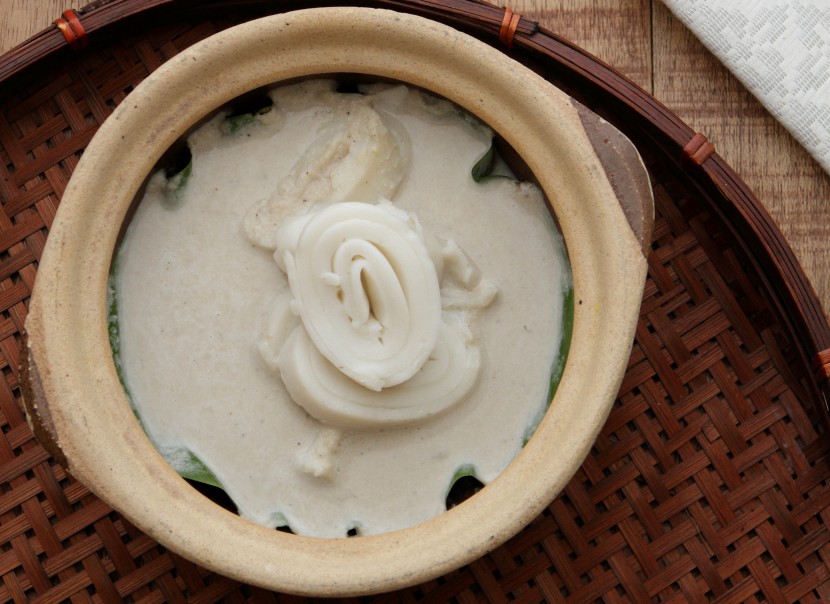
Laksam
This dish can be eaten any time of the day, but most Kelantanese eat it for breakfast. It is made from flat rice noodles topped with a thick, fish-based coconut milk gravy and served with ulam (raw herb and vegetable salad) and sambal. Because the gravy is so thick, laksam is traditionally eaten with the hands, although most people use utensils these days.
5. Kuih Cara Manis (Pandan Sponge Cake).
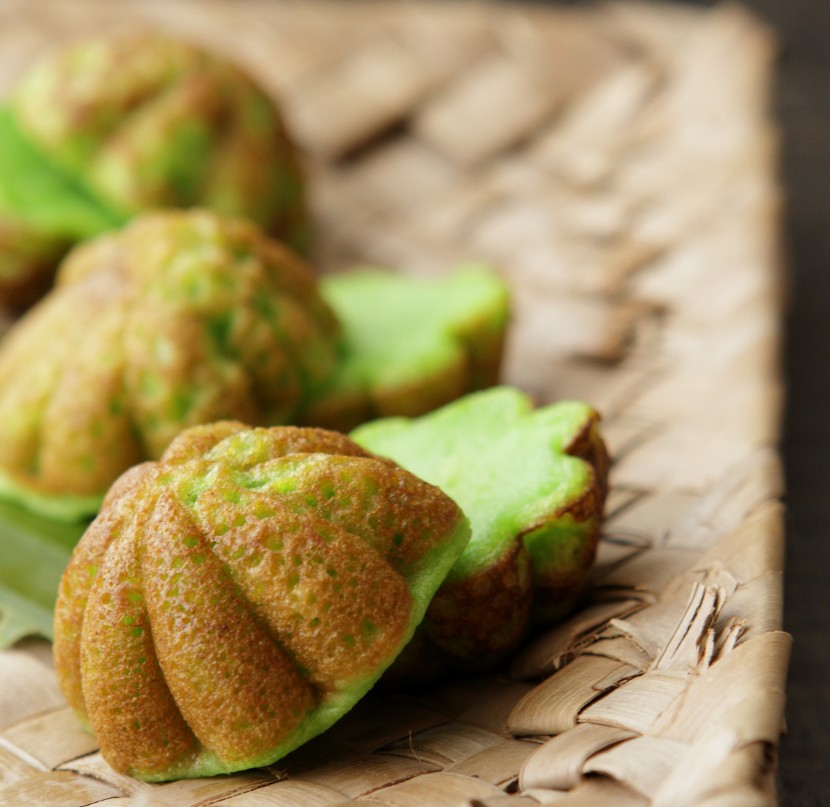
Kuih Cara Manis
Kuih cara manis is similar to kuih bahulu, but with a sugar-filled centre. This easy-to-make dessert is widely available in Kelantan, and loved by the locals for its spongy sweetness.
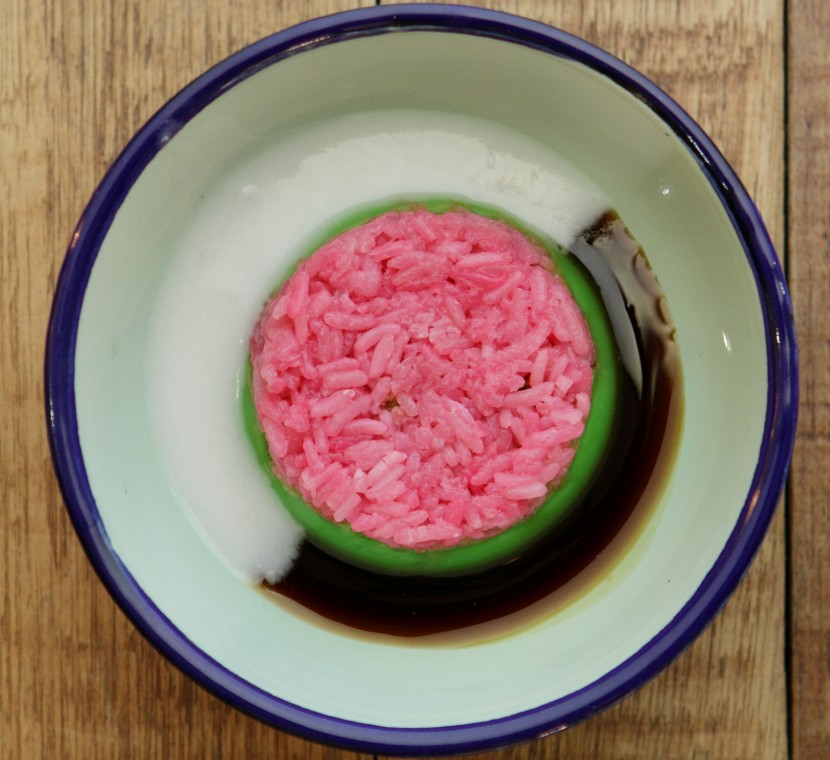
Lompat Tikam
“This is one of Kelantan’s all-time favourite dessert that is always served at special occasions, especially during Raya! Our lompat tikam is different from the other Pantai Timur versions, as ours is served with pulut,” says Zainab’s daughter Farah.
These recipes were first published in Flavours magazine.

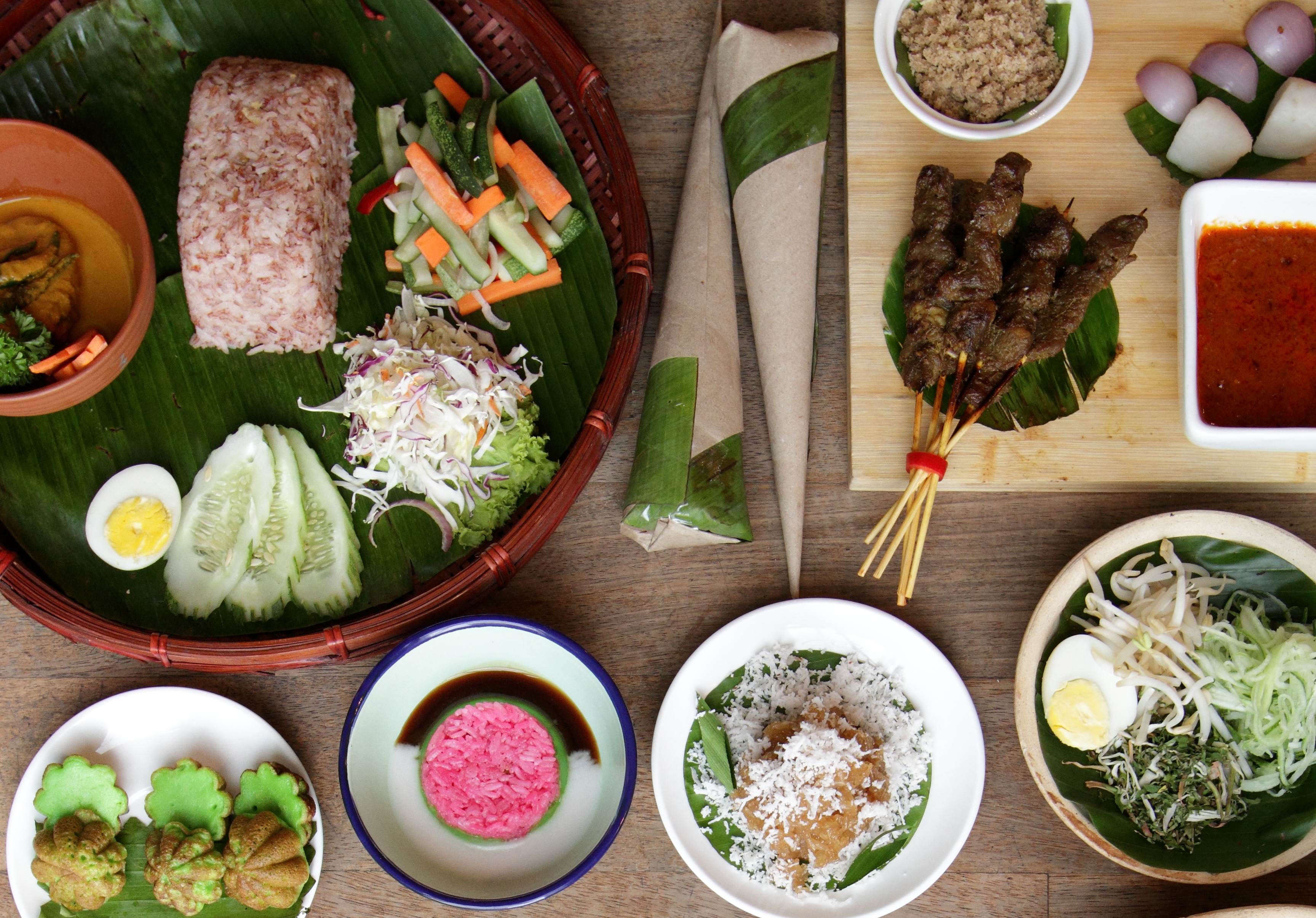
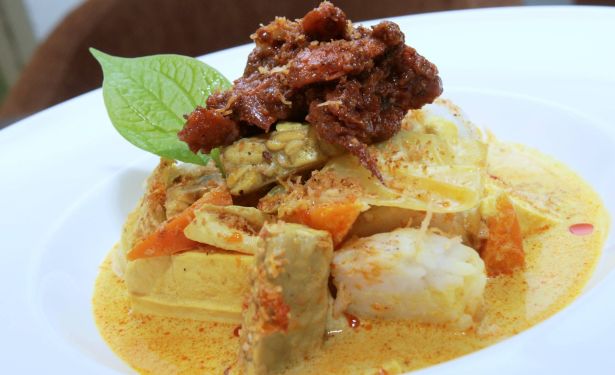




very interesting write-up.
sir. please make correction. kelantan never belonging to siam before 1909. the fact is before 1909, kelantan amd terengganu kedah seek helpimg from siam “naungan”,,,just pay ufti every 3years …not a part of siam. kelantan divide to rule by 1909 treaty just becouse siam take a step to avoid pressure and attack from british and france.
please make a correction
thank you
I believe Kelantan food is not influence by Thai or peranakan dishes because Thai/peranakan doesn’t used much coconut milk in their cooking. Instead they follow Malay cooking which used a lot of coconut milk in their cooking. You mentioned they eat budu and keropok ikan during Chinese new year. I don’t think these is correct because Chinese eat keropok ikan due to Malay influence. You should have more knowledge before writing an articles which is not true.